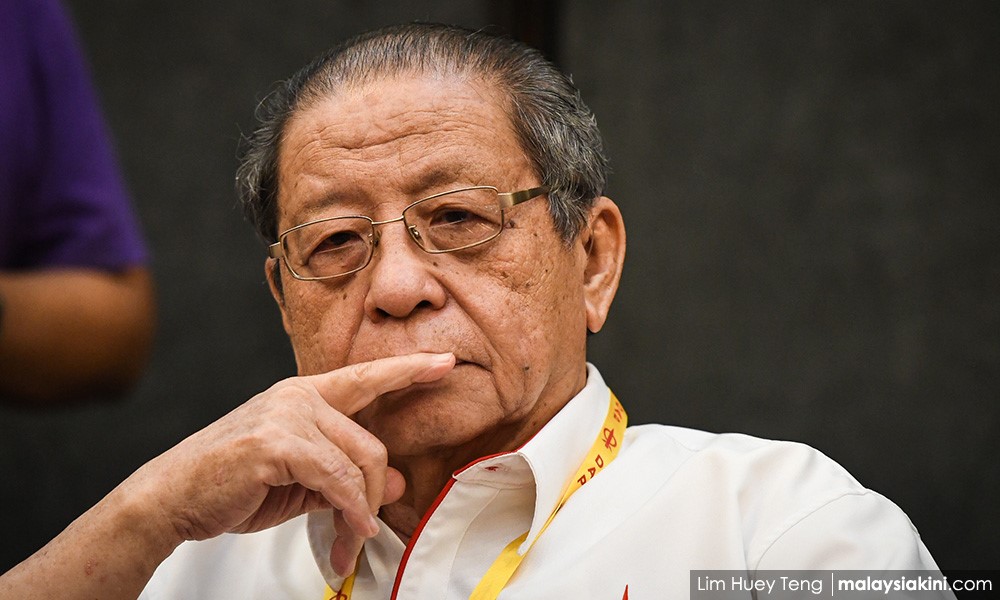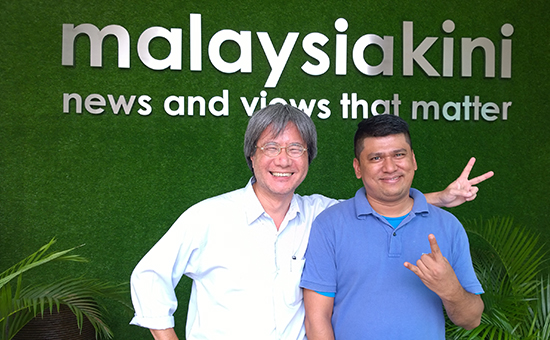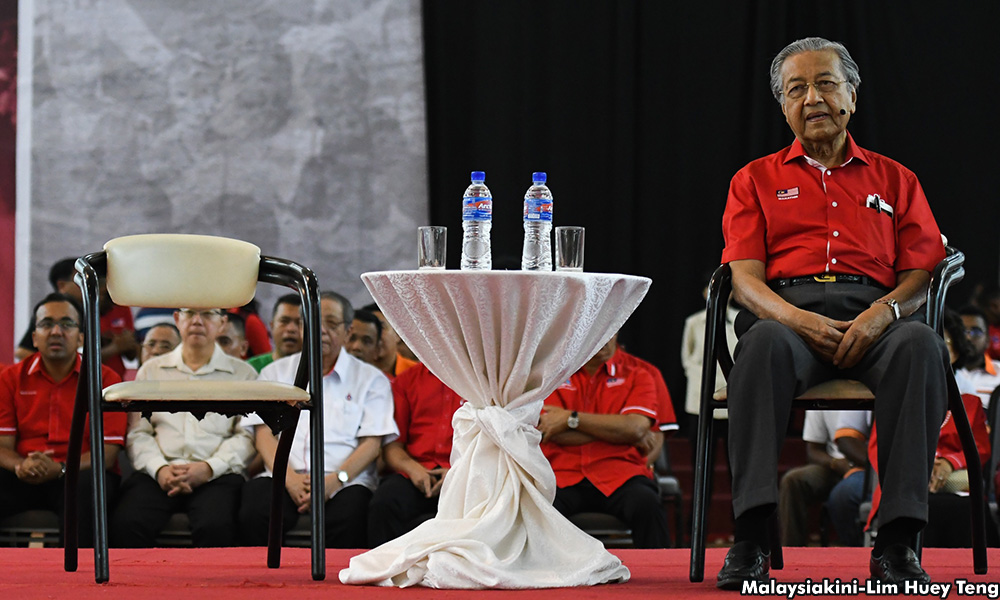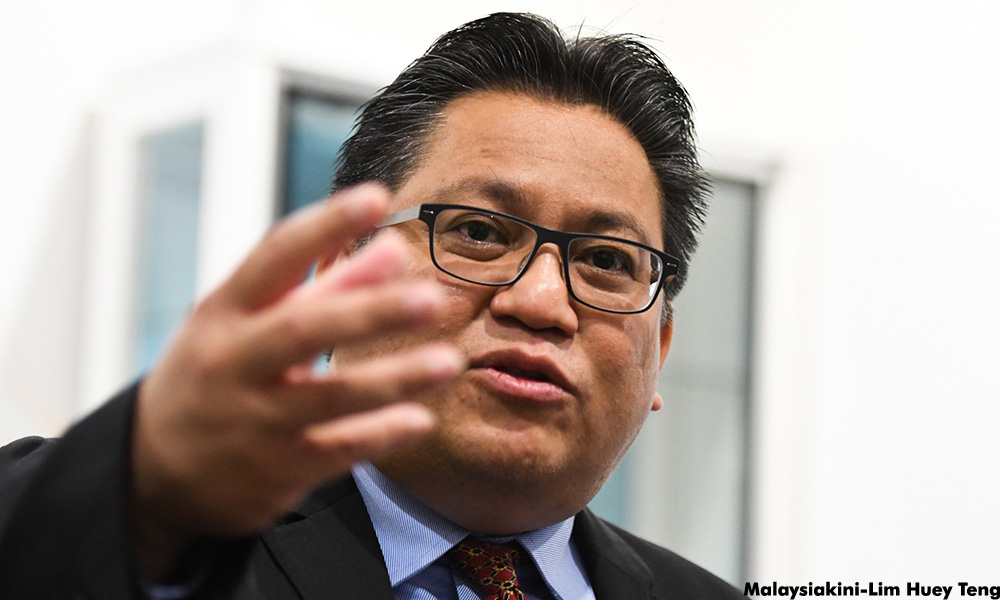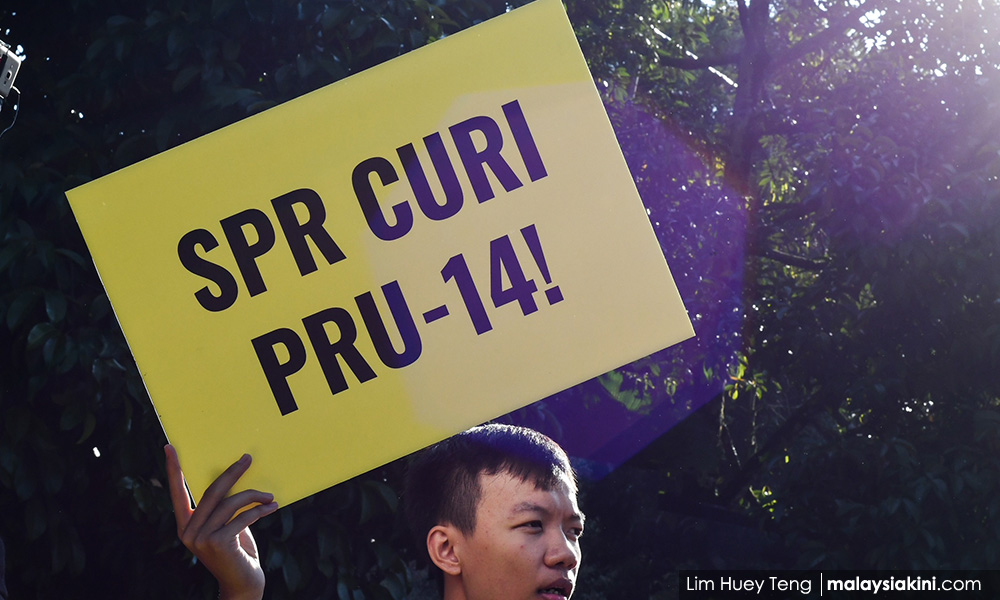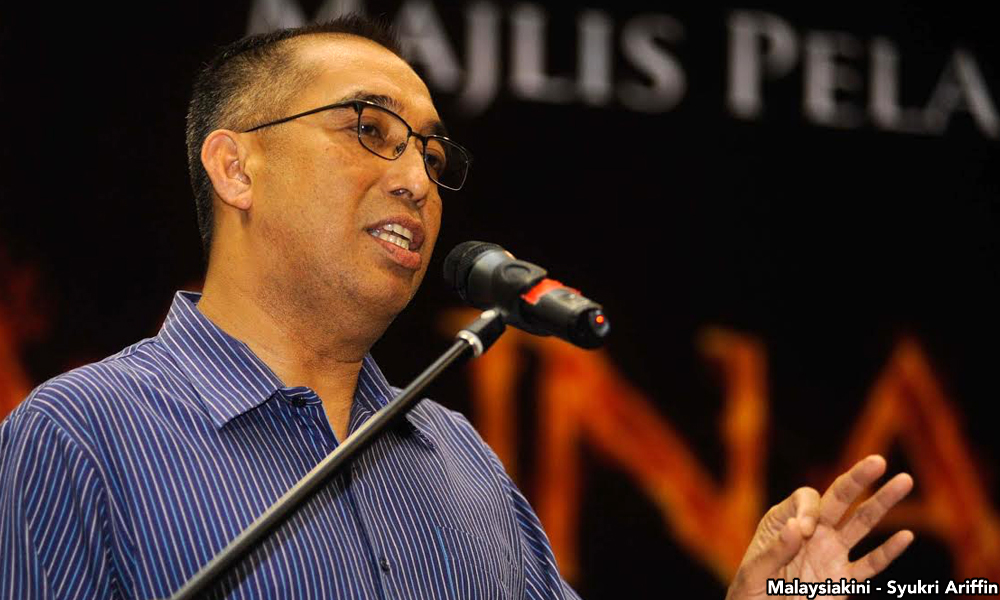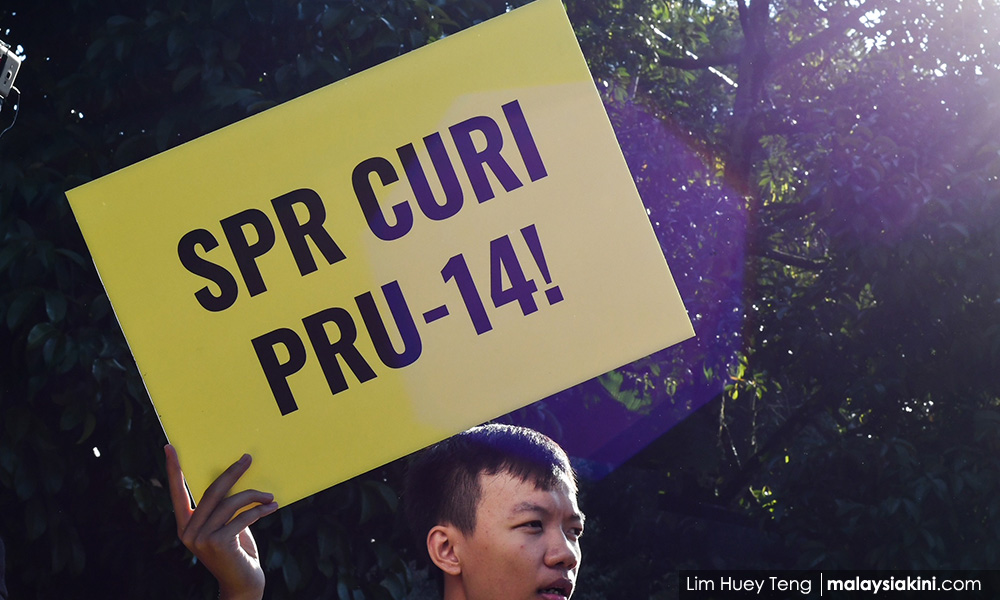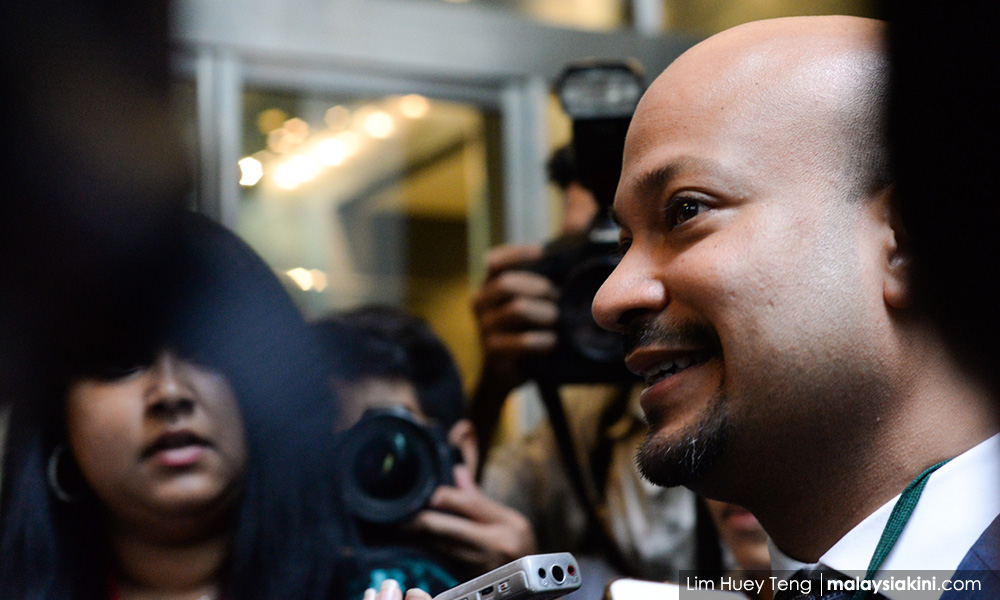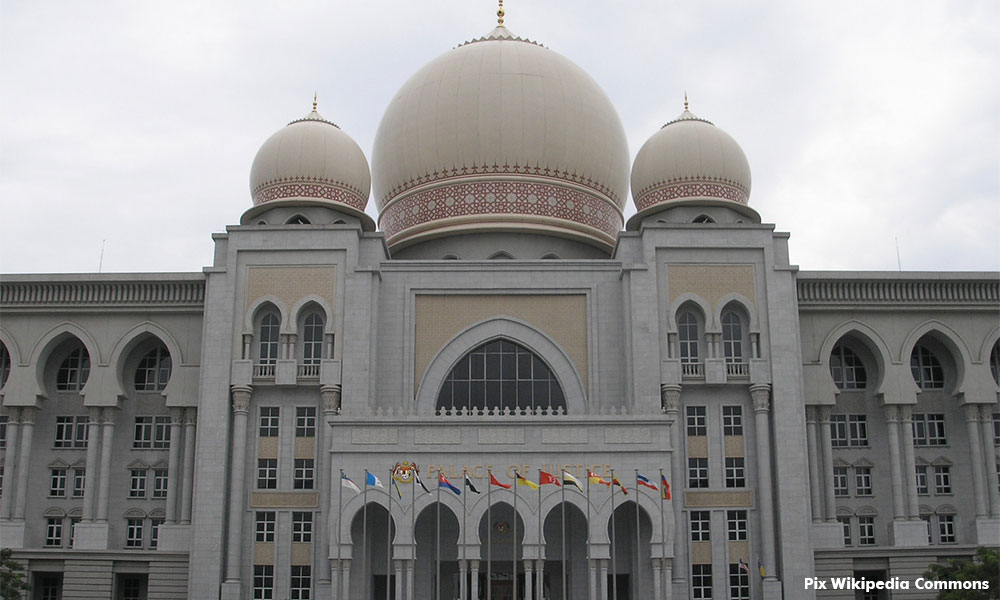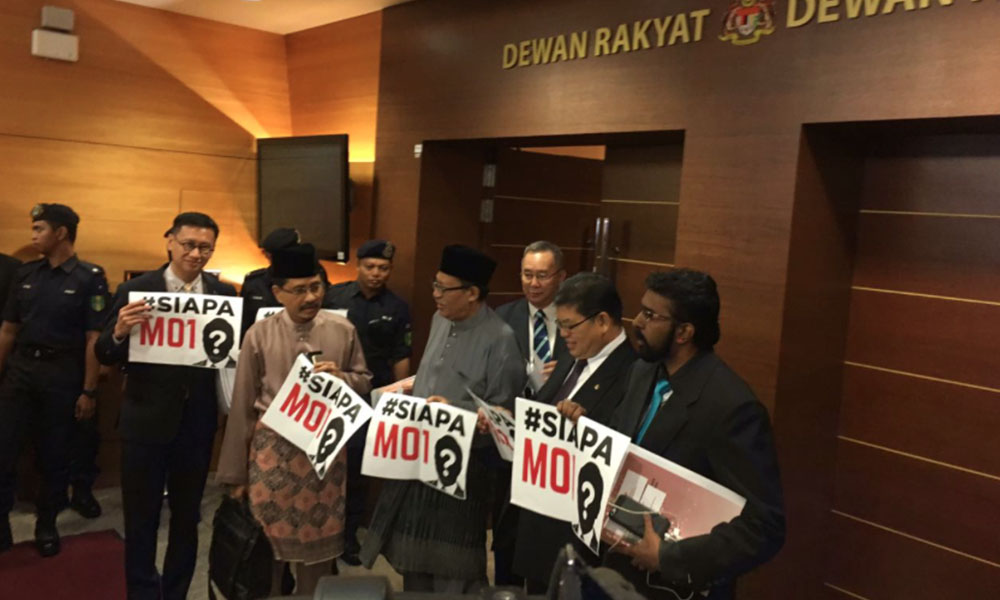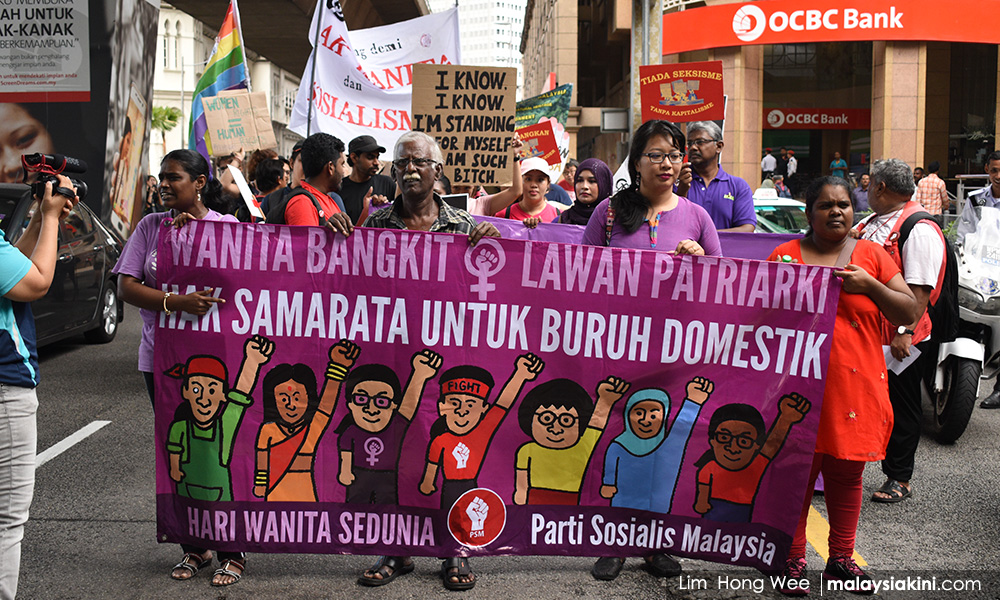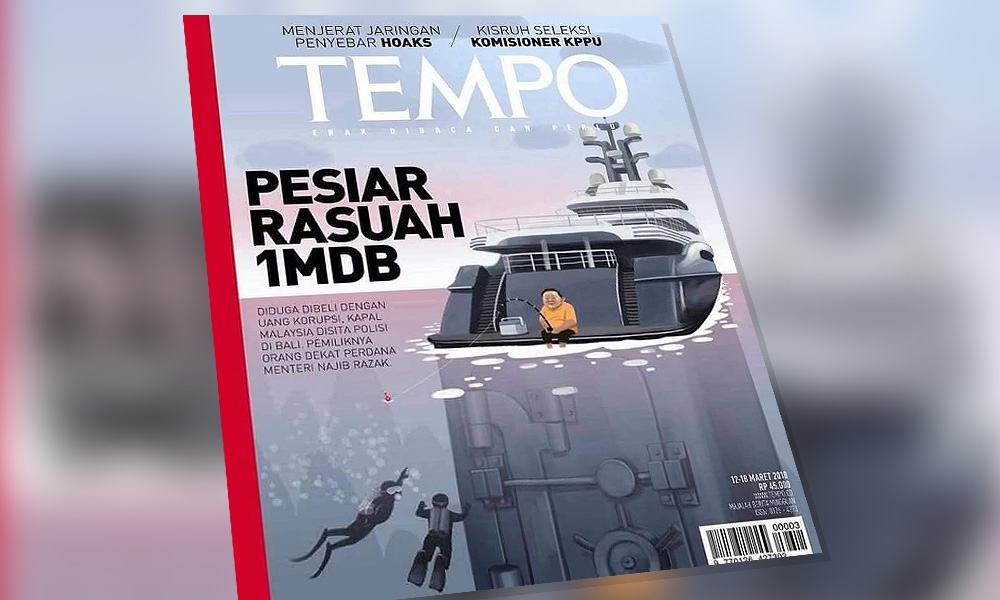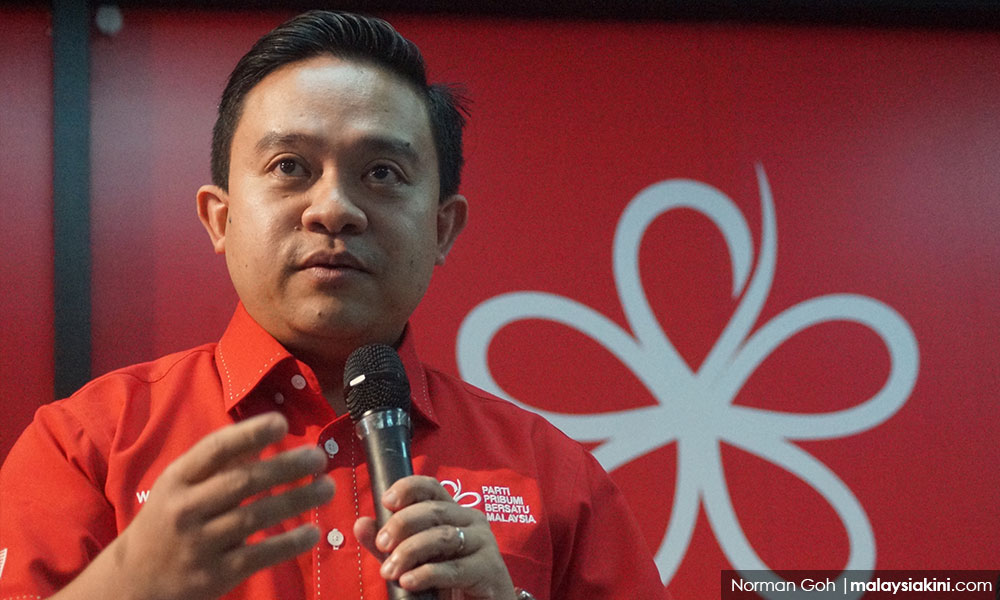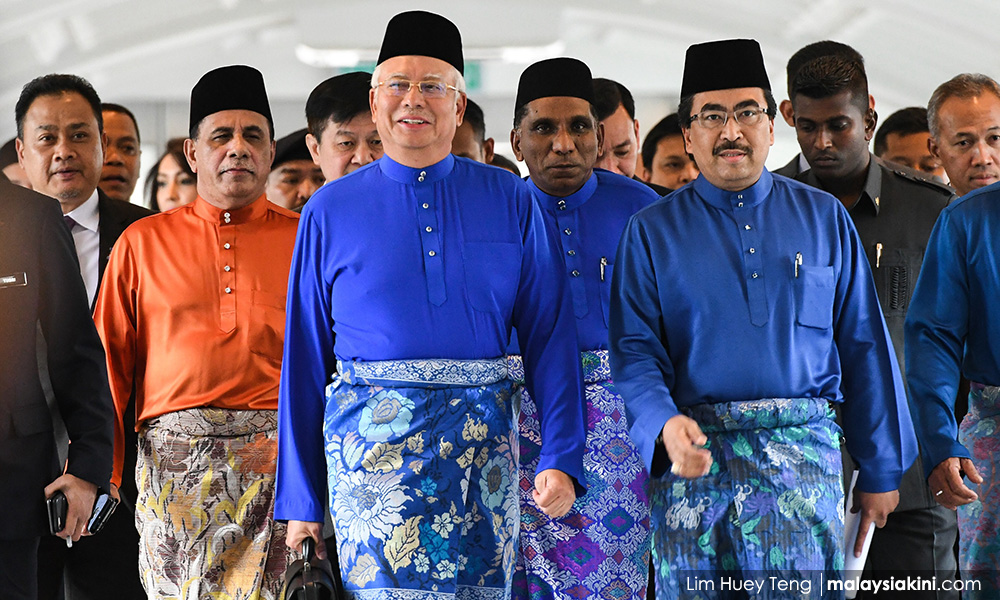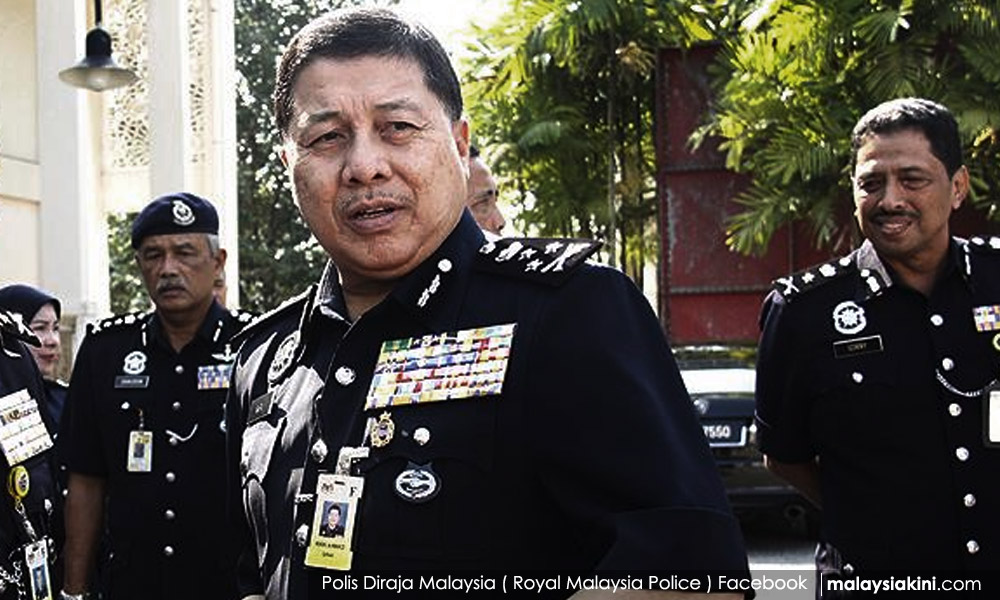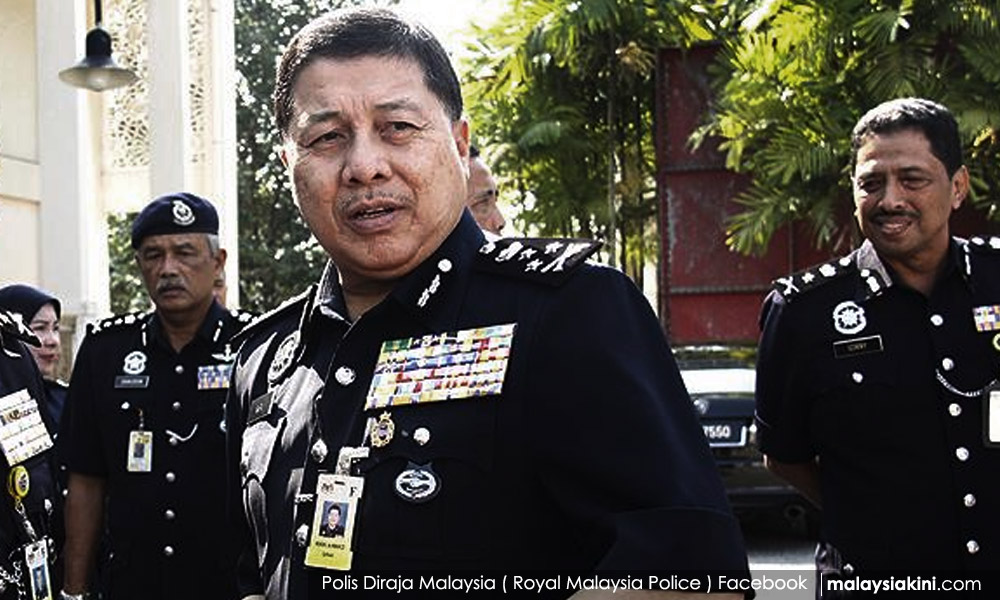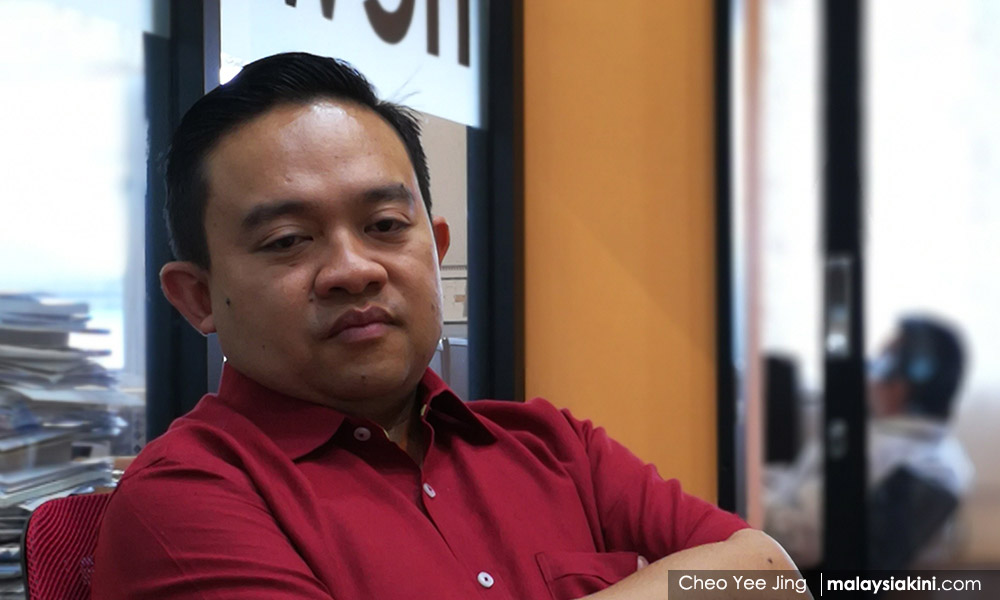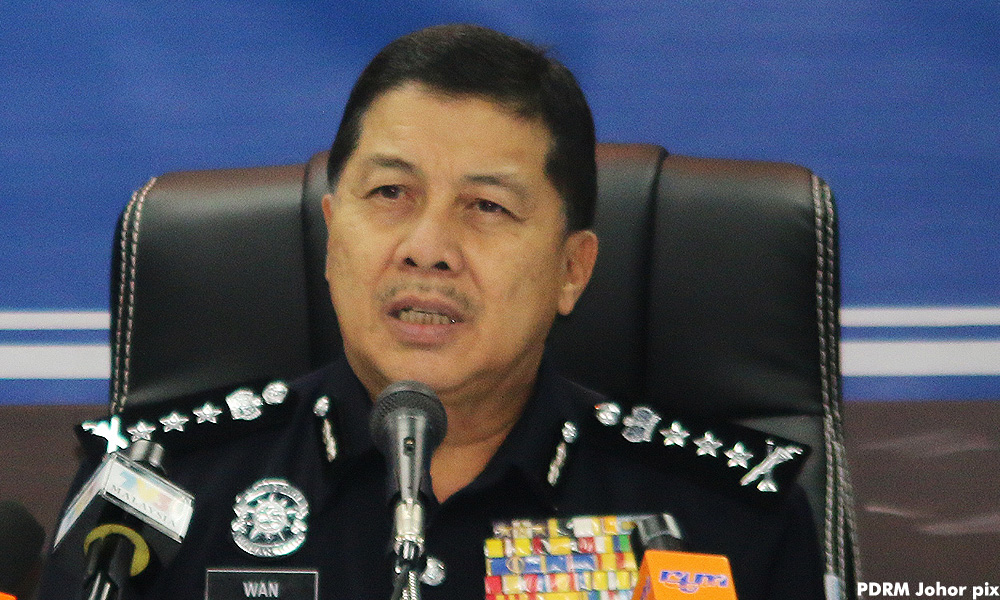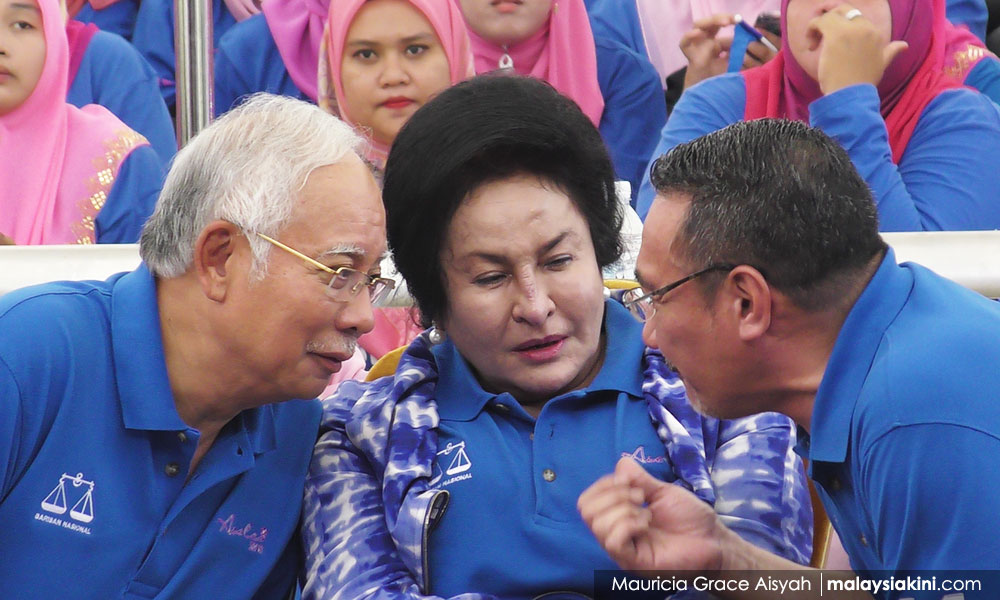Yoursay: Umno seems mighty scared of Dr M’s ‘ripple’
MB’s oceanographic finding – Dr M will cause a ripple, not ‘Malay tsunami’
AntiRacial: “I am not saying that there will be no effect. There will be a slight impact but not what some people term as a Malay tsunami … that will not happen,” Negeri Sembilan Menteri Besar Mohamad Hasan said in a special interview with Bernama.
If there is no impact or only slight impact, why is he so bothered by it that he made this a main topic for discussion?
Cogito Ergo Sum: It won’t be a tsunami. Treated like a rogue by Umno/BN, former premier Dr Mahathir Mohamad will be like a rogue wave who will wash away all the old sand bars and barriers, and stem the tide of corruption, bigotry and divisive politics.
The old pirate ships will be tossed aside in the wake of this wave, which sometimes can reach up to 10 storeys in height. That’s when the rats will start jumping ship as tables are overturned.
Anonymous #19098644: Wherever Mahathir goes, he’s treated like a film star, with people rushing to shake his hands, take selfies, and everybody stands up voluntarily to show their respect for him in spite of him holding no official positions.
Only the ‘raja lawaks’ (comedy kings), ‘kaki bodek’ (apple polishers) and Umno ‘barua’ (lackeys) still refuse to acknowledge reality, just like when the world is condemning 1MDB, our cabinet ministers still pretend that is it fake news.
Mukhriz: Dr M foresaw the start of Umno’s rot
Hplooi: To a certain extent, Bersatu deputy president Mukhriz Mahathir is right. The right-wing faction (previously “ultras” who became “mainstream” post-1969) set about implementing their agenda with four key thrusts.
1. Fine tune the electoral system to ensure dominance. The first targets were urban centres that were prime anti-Umno centres. Kuala Lumpur was carved out of Selangor, thereby neutering the city that played a key role in the 1969 election. Since then, the Election Commission (EC) has been brought completely under control.
There were attempts at urban re-engineering, which included creating Malay urban areas in Kuala Lumpur (from the 70s to the 80s).
2. Asserting total dominance on the executive led to Malay “nationalism”. The executive, which used to be multiracial, became monoracial.
3. Make education more favourable to the masses. This included top down (Mara, scholarships, easier university entry, etc) and bottom up (destroy the dominant liberal English stream and replace it with Malay stream).
4. State intervention in the economy – for example, former premier Abdul Razak’s request to tycoon Robert Kuok to acquire shares in Malaysia International Shipping Corporation (MISC). Transportation and banking were the first wave.
But the framework underpinning the above said was therefore set:
1. The warlord system.
2. Patronage and rent-seeking, for example, former finance minister Daim Zainuddin (a precocious student by one account) went on to become one of the biggest beneficiaries of the rent-seeking economy.
3. Exclusivity and race identification became a badge of political leverage. When Mahathir took over as prime minister, the system had already been set and he maxed out the system to his advantage.
But Dr M was also a ‘visionary’, in that:
1. He sought to liberalise the system (which was seen by the non-Muslims to be a breath of fresh air, after the oppressive 70s and 80s.
2. He tackled red tape and bureaucratic corruption. Although the Malaysian bureaucracy was corrupt, this was the norm in most of Asia, and Malaysia was then relatively less so. Some of the most ‘creatively corrupt’ civil servants I have dealt with in the 1980s were Chinese (which illustrates the fact that it is the system, not the race).
3. He had a vision for industrialisation using the Japanese Zaibatsu model.
The above framework eventually became contradictions.
The failures of Dr M can be listed as:
1. Despite his vision, he was a poor judge of character. People he picked were incompetent or corrupt. And this cuts across race. Remember Abdullah Ang?
2. The contradictions within the system (warlordism, Malay nationalism becoming more extreme, etc) became too big for his vision. In time, Umno politicians with any pretensions to importance deemed it their birth right to the gravy train (Cowgate, or the National Feedlot Corporation scandal, is just the tip of the iceberg).
3. The vision of industrialisation by appointing captains of industry (the Japan Zaibatsu model) was a failure. While Japan’s captains performed their national task with competence and patriotic fervour, the same could not be said of our ‘Malaysian captains’.
4. The warlord and patronage system engendered a system where national resources were commandeered at the behest of Umno. By Daim’s time, even Umno interests had become blurred with personal interest.
5. Brainwashing and the empowering the religious right was the direct result of race politics.
Existential Turd: Scandals such as 1MDB today can be traced all the way to Malay protectionism. From there, came Malay privileges and supremacy. Then came Umno privileges and supremacy.
Then when the pie was not big enough to sustain so many cronies, the circle of privileges shrank further to a select few in Umno.
Shovelnose: Is Mukhriz feeling remorseful after the deceit had been revealed? It’s not too late to turn our eyes back to God and live righteously. Sack the thieves, the greedy and evil ones.
Turn over a new leaf and return the land to the people.
The above is a selection of comments posted by Malaysiakini subscribers. Only paying subscribers can post comments. Over the past one year, Malaysiakinians have posted over 100,000 comments. Join the Malaysiakini community and help set the news agenda. Subscribe now.


